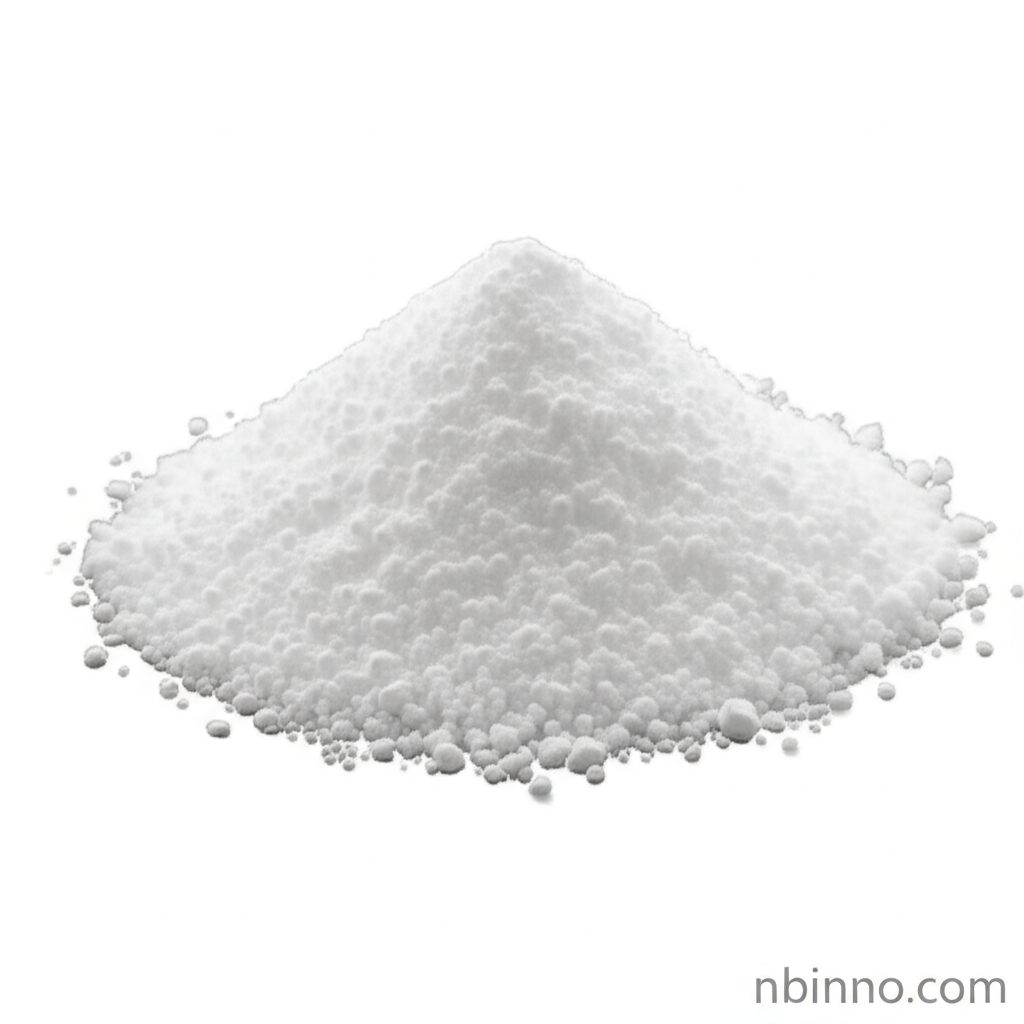Potassium Silicate (CAS 1312-76-1): Your Essential Industrial Component
Discover the versatile applications and industrial advantages of high-purity potassium silicate, a key chemical for modern manufacturing.
Get a Quote & SampleProduct Core Value

Potassium Silicate
Potassium silicate is a highly functional inorganic compound renowned for its role as a binder and additive across various industries. Its stability and unique properties make it indispensable for demanding applications.
- Leverage potassium silicate for welding rods to ensure superior performance and durability in fabrication processes.
- Explore the use of potassium silicate as a binder for electrodes, providing essential structural integrity.
- Inquire about potassium silicate for fire retardants to enhance safety in materials and products.
- Understand the role of potassium silicate in the electronic instrument industry for applications like picture tubes.
Key Advantages of Potassium Silicate
Versatile Binding Properties
Benefit from the strong binding capabilities of potassium silicate for electrodes, ensuring the integrity of components in various electrochemical applications.
Enhanced Durability in Welding
Utilize potassium silicate for welding rods to improve flux coating adhesion and performance, contributing to stronger and cleaner welds.
Effective Fire Retardancy
Incorporate potassium silicate for fire retardants to achieve superior flame-resistant properties in textiles, coatings, and construction materials.
Key Applications
Detergent Manufacturing
Discover how potassium silicate is used in detergents to enhance cleaning power and prevent redeposition of soil.
Electronic Instrument Industry
Learn about the critical role of potassium silicate in the electronic instrument industry, particularly for coating fluorescent screens in picture tubes.
Chemical Synthesis and Dyes
Explore the utility of potassium silicate for VAT dyes and as a catalyst support in various chemical synthesis pathways.
Protective Coatings
Understand the use of potassium silicate as a protective coating to prevent salt crystallization on surfaces.
